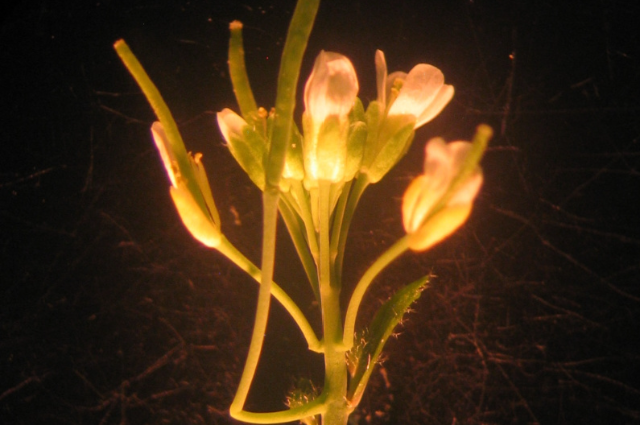“If you told me of a new organ in a weird plant in Amazonia,
I wouldn’t be surprised at all,
What struck me is this happened in Arabidopsis.
This is something that’s really surprising.”
- François Parcy
1. Preface
The living entities roaming here and there must possess a basic unit of structure and function known as a cell. Not only animals but also the sessile bodies- plants are also made up of cells. These cells can able to perform different functions and give character to the higher level of organization. For example, the cells in the leaf have chlorophyll and are green in color, contributing to the photosynthesis of the leaf. Therefore, the group of cells when present and functioning together is known as tissue, hence group of tissues constitutes the organ, and a group of organs forms the organism i.e. higher level of organization. There are different organs in plants known for their function such as roots for anchorage, mineral absorption, and water uptake, stem for support the plant in its position, leaf for food synthesis, flower for reproduction, and fruit and seed for producing daughter offspring. Therefore, the organs of plants are quite interesting to know and also create fascinating interest of scientists and researchers. Scientists are more interested in knowing the unknown facts whereas researchers are curious about the utilizations of basic information in agriculture. From the very beginning, we are familiar with the above-discussed plant organs and in the current article, we will introduce the unknown plant organ let see why how it came to be known and gathered so much popularity in the current plant science scenario.
2. Discovery
A common plant used in a lab that’s been poked, subjected, and under microscopes for several years and expected to tell the secrets of the plant world. Arabidopsis thaliana, is the researcher’s first choice and they call it -The model organism of the plant world. Why they considered it a model plant because of the presence of some desired features. It will complete its life cycle within a few months providing abundant time to work and also unlike trees not wait too long to flower. It will produce numerous daughter progenies in the form of seeds. It has a short genome size i.e. DNA content in the cell and created significant interest for plant molecular biologists to play with the DNA.
It belongs to the mustard and cabbage family and under short days grows vegetative and remains green without flowers by using surrounding resources and churning out flowers when shifted to long-day conditions. The plant molecular expert- Timothy Gookin first suspected the contamination when he noticed that some A. thaliana plants had odd stalks protruding out from the stem, and they were like half-finished bridges. The journey to prove it as a new plant organ took about 12 years of continuous experimentation at Penn State to prove that rare stalks are a new type and to explain their role in flowering. They reported that cantils form when the transition to flowering from vegetative is delayed, as the plant continues to grow and wait for the signal to flower.
“Just growing kind of like, ‘Hey, where’s the summer? OK, I’m waiting for my break. Where’s it coming?” - Gookin.
Additionally, the cantils are coined for their suggested cantilever-like role in bridging the stalk of flowers with the flower-bearing axis-inflorescence axis.
3. Cantil: A morphological oddity?
Our historical background indicates that when a group of people claimed one thing, another group was found to be on opposite sides with different opinions. Here some group of researchers considered these cantil as a morphological oddity. They have the following statements
- Consideration of developmental perturbations, not a unique organ
- Generated by the combination of internal and external factors
- May result from the epigenetic changes, gene expression alteration, or genome dosage effect
According to them, it is very early to consider a cantil as a new organ.
4. Conclusion and future perspective
Both perspectives have strong opinions on the actual consideration of cantil as a separating unit. It will require several studies to define its class whether a new plant organ or a morphological oddity. And sincerely, this topic of research will be going to add some mesmerizing results in the plant world.

